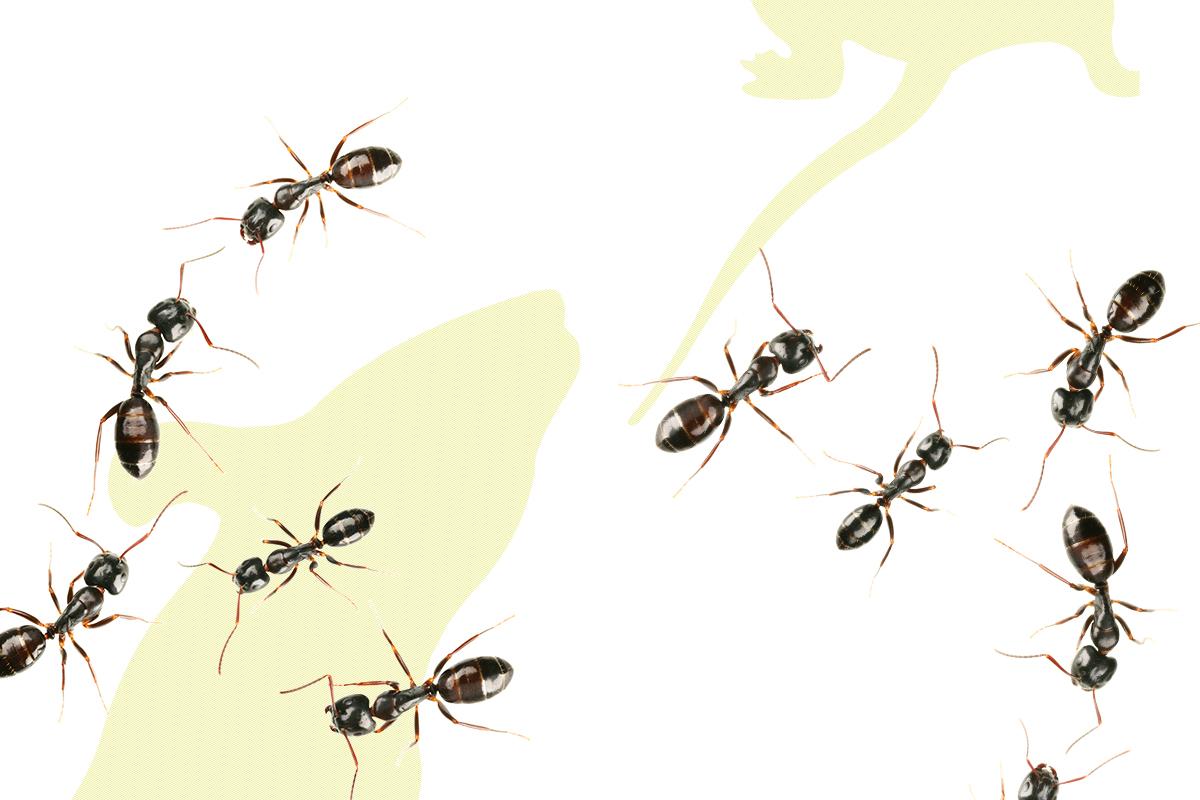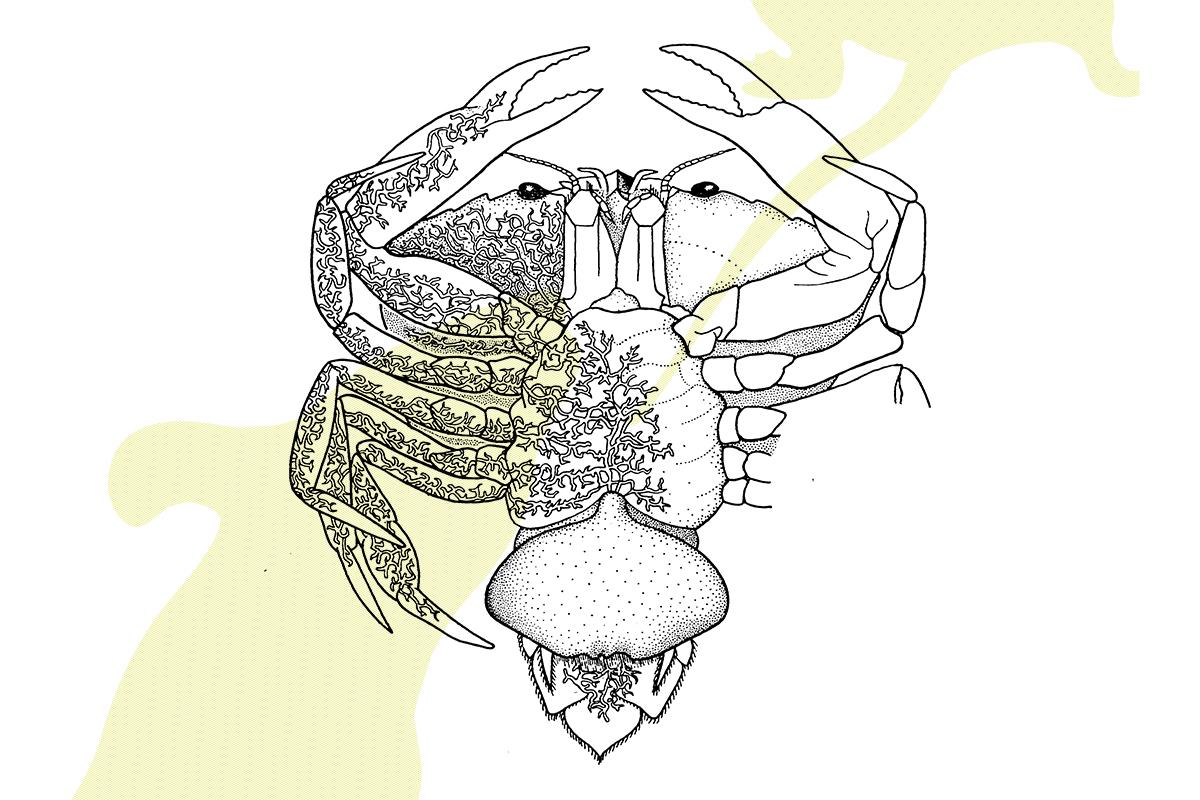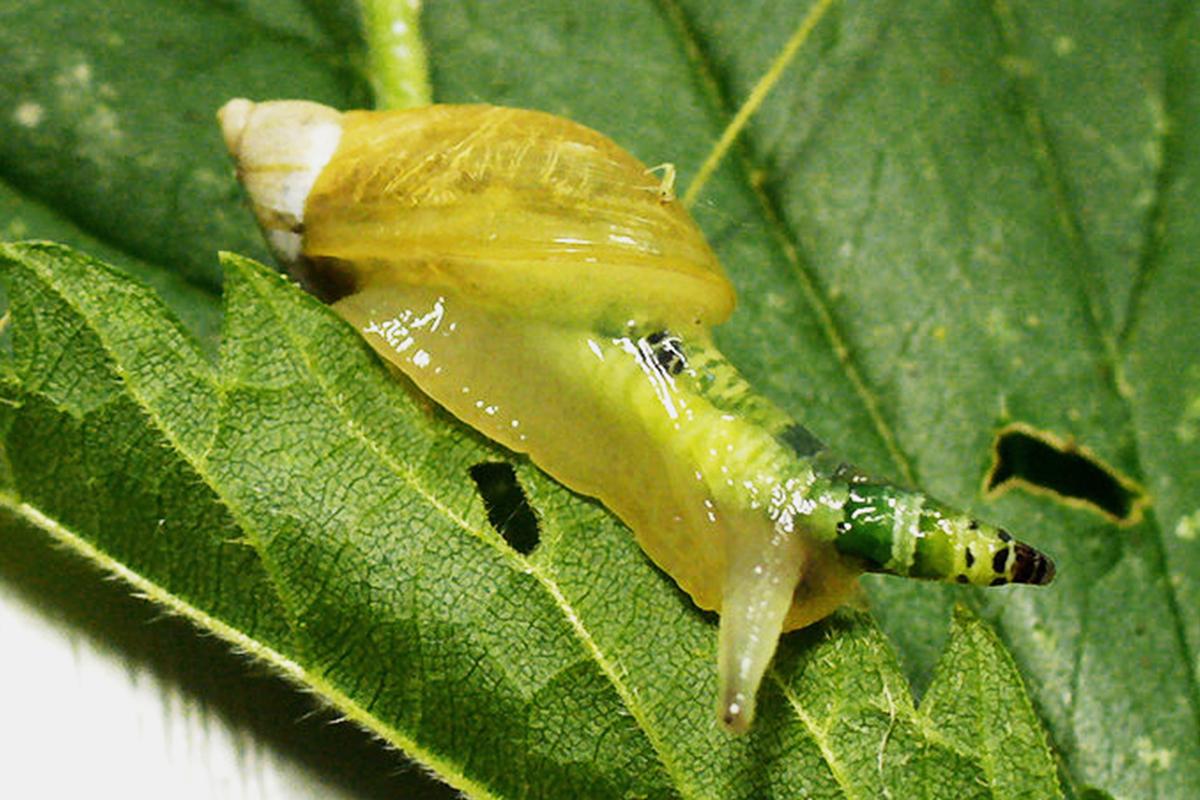
It sounds incredible that parasites manipulate their hosts, right down to sex determination. They are able to impact the hormone and nervous system or mechanically intervene in the host organism. These three stories explain what it's all about.
Master of Manipulation

The classic example of parasitic brain washing is the Lancet liver fluke Dicrocoelium dendriticum. The worm lives in sheep and must go through two intermediate hosts – snails and ants – in order to reach another sheep. Since sheep do not eat ants, the parasite needs a trick. A larva migrates into the head of the ant and sets upon the nerve center of the mouth apparatus. The “brain worm” controls the ant’s behavior from now on. Instead of returning to the nest at dusk, the ant marches up a blade of grass and holds on tight with its mouth – all as if externally controlled. Forced to remain on the grass by its mandible cramp, it is eaten up by the sheep at dawn. If not eaten, the cramp is released by the heat of the sun and the ant returns to its fellow workers – that is until the next evening when it is again forced to the tip of a plant.
Male Crabs Behave Like Females

The barnacle Sacculina carcini has also refined the art of turning males into “females.” When a female Sacculina larva infects a male crab it actively alters its hormonal balance and turns the male crab into a female. First the male crab is sterilized and then its abdomen is altered. Male crabs that are infested by Sacculina imitate the mating ritual of female crabs and take care of the brood, which is of course that of the Sacculina.
... tempted by the Feelers

Parasites force their hosts to do things that push them closer to death, but which clear the path for the next generation of parasites. From our human point of view, the mechanisms are sometimes almost unbelievable. Rats infected with the protozoon Toxoplasma gondii lose their natural fear of cats and are even attracted by the smell of cat urine. Locusts execute a suicide mission and crash into water so that the horsehair worm Spinochordodes tellinii can exit the insect and mate while the intermediate host drowns. The larvae of the Leucochloridium paradoxum are particularly perfidious. They first migrate into the feelers of their intermediate host, a snail, where they start to pulsate in a clearly visible manner to draw the attention of birds, their final hosts. Often with success.
Here you get back to the overview.